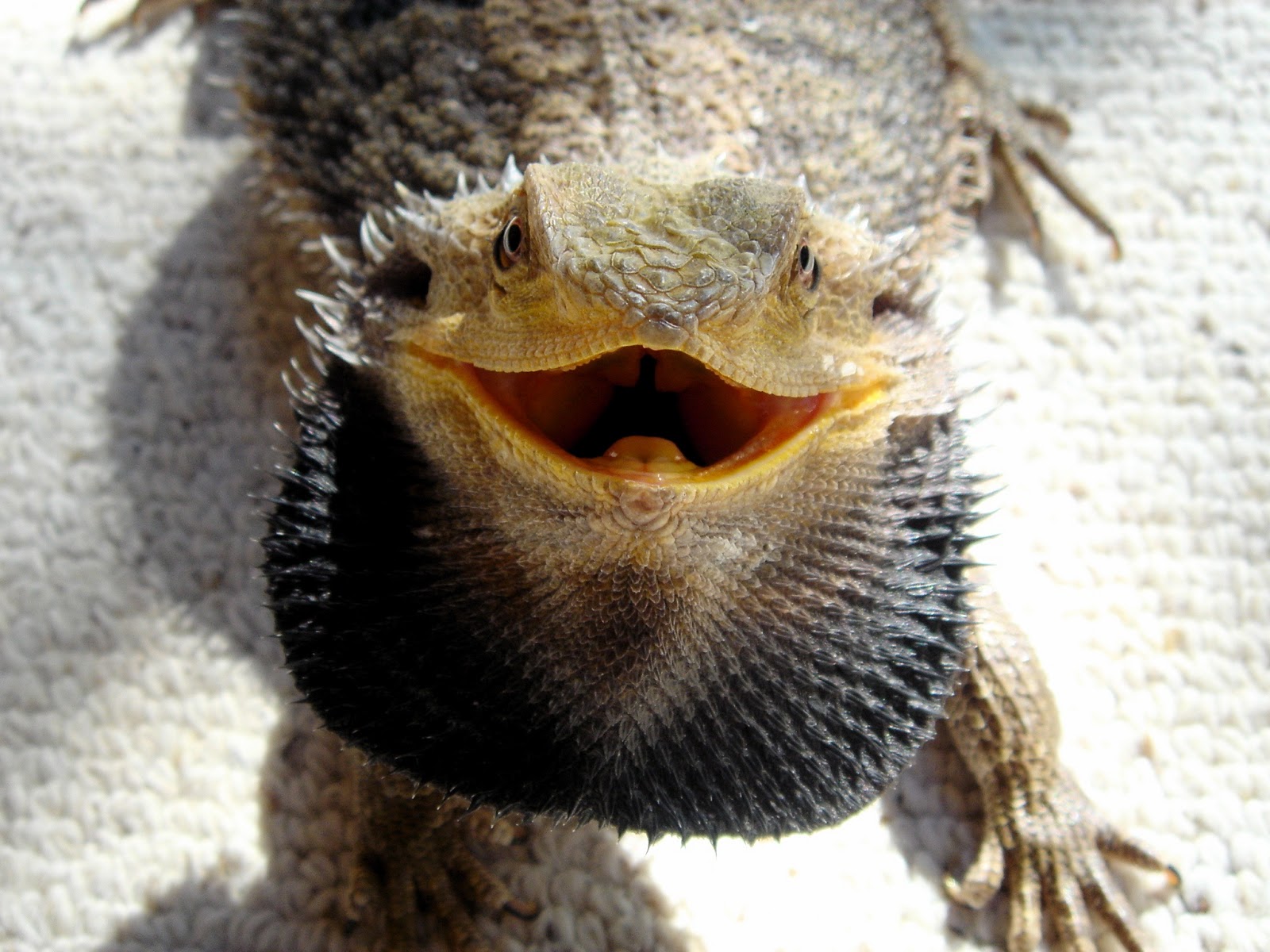The Ultimate Guide to Bearded Dragon Black Neck and Tail - Everything Beginners Need to Know!
Bearded Dragon Black Neck and Tail - What are They and Why Do They Matter?
Bearded dragons are fascinating reptiles that make great pets for beginners. They’re easy to care for, have a friendly disposition, and are relatively low maintenance. One of the things that make bearded dragons so unique is their ability to change the color of their skin, often in response to their environment or mood.
While bearded dragons can come in a variety of colors, black markings on their neck and tail are relatively common and can provide a lot of information about your pet’s health and behavior. In this guide, we’ll take a closer look at bearded dragon black neck and tail, why they occur, and what you need to know to care for your pet properly.
What is a Bearded Dragon Black Neck and Tail?
Bearded dragons are so named because of the “beard” of spiky scales they can puff out when threatened or excited. These lizards also have other unique features, including black markings on their neck and tail. These markings are often more pronounced in males and can vary in size and shape.
In most cases, bearded dragon black neck and tail are a natural occurrence and are nothing to worry about. However, they can also be a sign of a health issue, such as melanism or hypomelanism. Melanism is a common condition that causes an excess of melanin in the skin, resulting in a darker coloration. Hypomelanism, on the other hand, is the opposite - it causes a lack of melanin, resulting in lighter coloration.
It’s important to note that black coloration on a bearded dragon’s neck or tail doesn’t necessarily mean the animal is unhealthy. Many healthy bearded dragons have black markings as part of their natural coloring.
What Causes Bearded Dragon Black Neck and Tail?
As we mentioned earlier, black markings on a bearded dragon’s neck and tail can be a natural occurrence or a sign of a health issue. Here are some common reasons why bearded dragons may develop black coloration:
- Natural coloration
- Stress
- Thermoregulation
- Health issues
Natural Coloration
Some bearded dragons are simply born with black markings on their neck and tail as part of their natural coloring. This is particularly true of some of the breed’s more exotic morphs, such as the black dragon or the hypo black stripe.
Stress
Bearded dragons can become stressed if they’re in an unfamiliar environment or if they feel threatened. One of the ways they may respond to stress is by darkening their coloration, particularly on their neck and tail. If your bearded dragon is exhibiting signs of stress, it’s important to identify the source and address it.
Thermoregulation
Bearded dragons are ectothermic, which means they rely on external heat sources to regulate their body temperature. If a bearded dragon is feeling too cold, it may darken its coloration to absorb more heat from its environment. Conversely, if a dragon is feeling too hot, it may lighten its color to reflect more light and heat away from its body.
Health Issues
Bearded dragons may develop black coloration on their neck or tail if they’re experiencing health issues. While black coloration doesn’t necessarily indicate a health problem, it’s important to monitor your pet closely to ensure it’s not exhibiting other concerning symptoms.
Tips for Caring for Bearded Dragons with Black Neck and Tail
Whether your bearded dragon has natural black coloration or is experiencing it due to stress, thermoregulation or health issues, there are few things you need to keep in mind to ensure your pet is healthy and happy:
- Monitor your pet’s behavior and ensure it’s not exhibiting any other concerning symptoms
- Provide your bearded dragon with a healthy diet that includes plenty of calcium and vitamin D
- Ensure your pet has access to a basking spot that’s the right temperature for its needs
- Provide your pet with a comfortable and spacious enclosure that’s appropriately sized for its needs
- Keep your pet’s enclosure clean and well-ventilated
- Handle your bearded dragon regularly to help it get used to interactions with humans
Conclusion
Bearded dragons are fascinating and unique pets that make great companions for beginners. If your bearded dragon has black markings on its neck or tail, there are several possible reasons, including natural coloration and health issues. By following the tips we’ve outlined in this guide, you can help ensure your pet is healthy, happy, and living its best life!








